Our Location
Islamabad, Pakistan
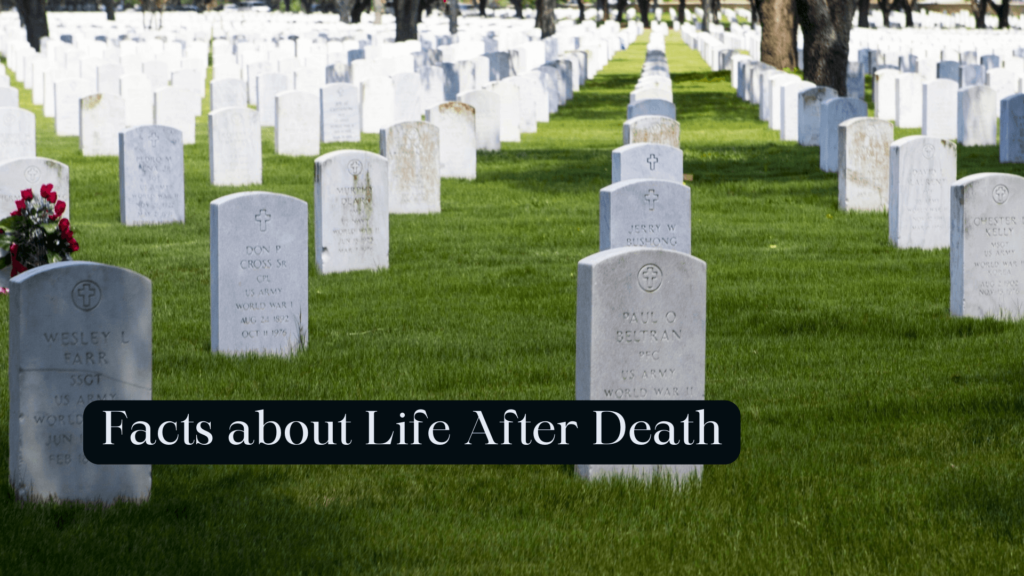
Many of us are interested in finding out as much as we can about our afterlife. We are fascinated with facts regarding the afterlife, near-death experiences (NDEs), and the finality of death. Even still, not all of us are willing to acknowledge how many more questions there are concerning life beyond death. An interesting element of how society interprets life after death is attempting to discern between what is real and what is imagined, or between what we want to believe to be true and what we hope is true.
When the heart stops beating, death happens. Clinical death, as defined by science, occurs when the heart stops working in around 95% of cases of death. It used to be believed that death was an irreversible state or occurrence. But in recent years, science has come to understand that once a person passes away, their inside organs including their brains start to decompose. Thus, by researching NDEs, we can gain even more insight into life beyond death.
Based on studies and discoveries made during the development of modern medicine, science, and medicine have come to terms with what it means to die in a clinical sense. But in a therapeutic context, there hasn’t been much opportunity for considering death from a spiritual standpoint. Therefore, the majority of doctors and other medical experts seldom ever acknowledge or address the concept of life after death.
Physicians often adhere to the knowledge they acquired throughout their medical education and from their research. According to their narrative, our deaths are the end of it. When physicians discuss life after death, there is no spiritual component involved at least one that they are willing to acknowledge in formal settings.
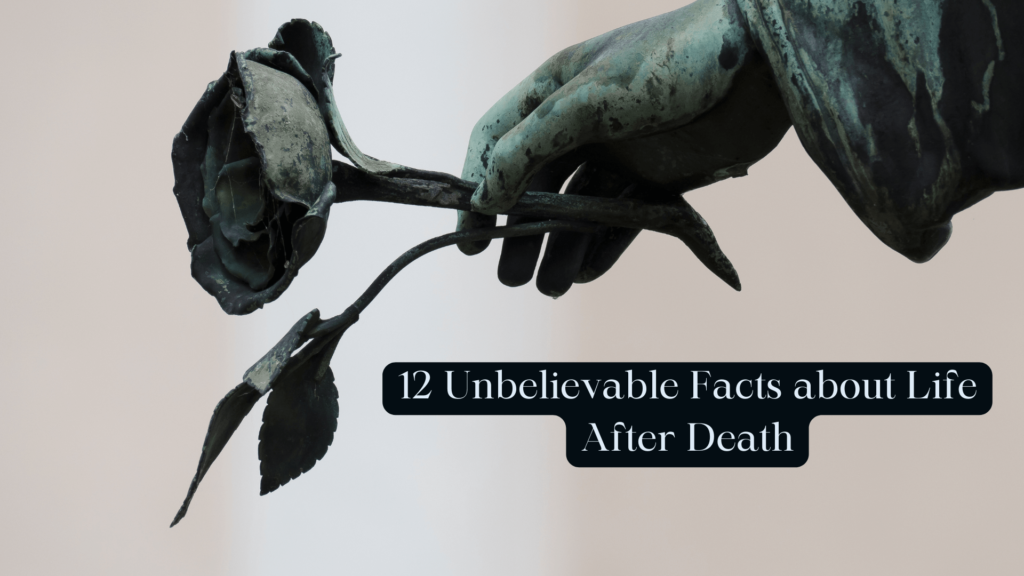
It is possible to be deemed living in one state but dead in another. Here are some further startling Facts about life after death.
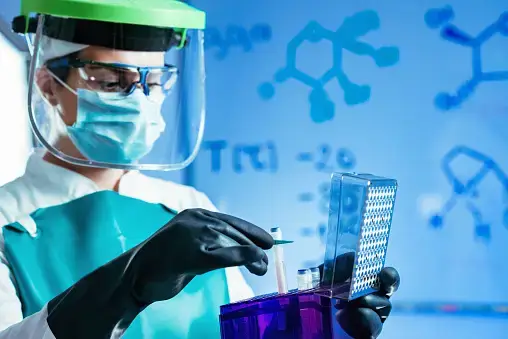
In the United States, about 300 persons are cryonically preserved. About 300 bodies are now preserved in liquid nitrogen in America in the hopes that medical research will one day be able to resurrect them. (Against common assumption, Walt Disney is not among them.)
In certain states, you could be regarded as living, but not in others. This is mostly because families are free to refuse brain death if it contradicts their religious views in New York and New Jersey.
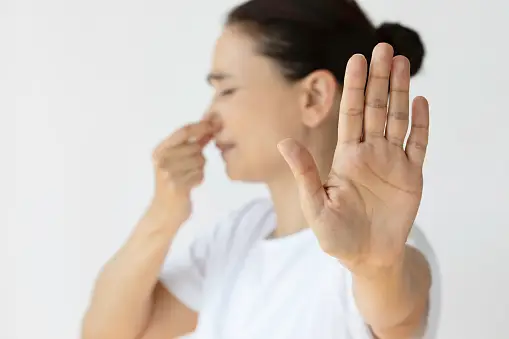
Deadly smells come from cadaverine and putrescine. Cadaverine and putrescine are two of the gasses that give off the eerie scent of death. They come from the breakdown of the amino acids lysine and ornithine, respectively, by bacteria.
On Mount Everest, there are around 200 frozen bodies. It is customary to leave climbers and Sherpa guides who die on Mount Everest where they fall since it would be dangerous to carry a body more than 20,000 feet down the incredibly dangerous terrain. Similarly, Antarctica held many of the explorers who perished there during the Heroic Age.

A human generates between three and nine pounds of cremains. Three to nine pounds of cremated remains are produced by an average human body when it is burnt. Retorts, which are used for cremation, may reach temperatures of up to 2000°F.
Paint was once made from mummies. Mummies were crushed up and used as paint pigment by painters from the 16th to the early 20th century. (It was also believed to be an effective medication.)
The funeral business coined the word “mortician”. A public relations campaign by the funeral industry claims that morticians are more approachable than undertakers. The name came about as a result of an Embalmer’s Monthly appeal for suggestions.
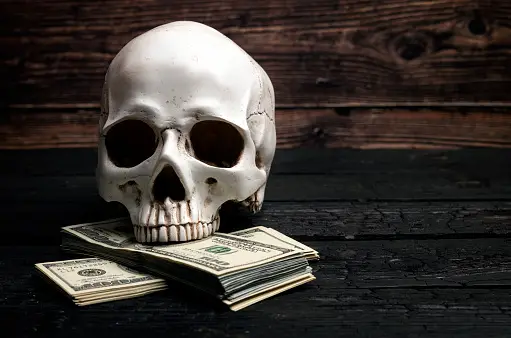
A tincture created from human skulls costs a lot of money, according to King Charles II. A tincture known as “the King’s drops” was made by soaking human skulls in alcohol throughout the 17th century and beyond. It was said to be effective for treating a variety of illnesses, including gout, dropsy (edema), and “all fevers putrid or pestilential.” It is said that King Charles II of England spent £6000 on a private recipe.
Researchers are looking at the “necrobiome.” A corpse’s bacteria and fungus make up the “necrobiome.” Researchers are trying to determine if alterations in the microorganisms alone might reveal information about the moment of death. The “microbial clock” is the term for this idea.
It is a transient rigor mortis. Because of the breakdown of chemical links that bind particular fibers in the muscle cells together, rigor mortis often disappears after a day or two. Among other things, the environment’s temperature affects how long it lasts.
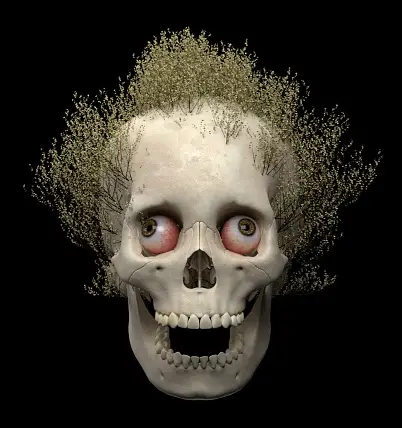
After death, fingernails stop growing. That hair and nails continue to grow after death is untrue. Nails, stubble, and hair seem longer because the body dries out and the skin on the skull and nail beds retract.
In a few states, composting human waste is permitted. Human composting has been made legal in Washington, Oregon, California, Nevada, Colorado, Vermont, and New York. In this process, dead people’s remains break down into earth within reusable “recomposition vessels.” The end products are safe to use in the garden and don’t smell.
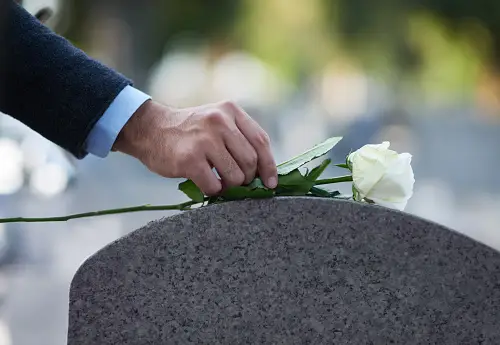
LOL does not necessarily translate to “laugh out loud.” In one version of the telegraph code, at least, LOL stood for “loss of life”.
The proverb “Give the crow a pudding” refers to passing away. The others were to climb the six-foot ladder, jump the twig, and snuff one’s glim.
Blood from executed victims was formerly believed to be healthy. Once upon a time, people would pay executioners a few pence to sip the warm blood of the just executed, believing it to be a health tonic.
Without Mormon funeral potatoes, no Mormon bereavement is complete. Typically, cornflakes are used in the cheesy dish. Other delicacies connected to death are Victorian funeral biscuits, pan de muerto (“bread of the dead”), which is customarily consumed on Dia de los Muertos in Mexico, and ossa dei morti (“bones of the dead”) pastries, which are baked in Italy and are supposed to resemble the bones of deceased saints.
One of the earliest indications of death is the eyes. When fluid and oxygen stop reaching the corneas, one of the first obvious signs of death is a clouding of the eyes. If the eyes were open when they passed away, it might occur within 10 minutes (and 24 hours if the eyes were closed).
Numerous facets of the human mind, body, and brain including how they respond to death and dying are studied by science. Our collective understanding of the origins of the cosmos and humanity is almost nonexistent. Religion tells us something different from what science says. Maybe as knowledge advances, we’ll be able to comprehend more clearly what occurs to us when we pass away.
Your soul continues to exist in a realm beyond this world once your body passes away. The three main Eastern religions Hinduism, Buddhism, and Sikhism all emphasize that even when your body dies, there is still a part of you that endures. However, it stays in this world. Rather, it locates another body to inhabit.
Fears of the unknown, of non-existence, of everlasting punishment, of losing control, and of what will happen to the people we love are among the many reasons why death is frightening.
All biological processes that keep a living thing alive come to a stop when an organism dies. It is no longer described as the arrest of respiration and heartbeat (cardiac arrest), as both can occasionally be restarted with rapid defibrillation and CPR.
1. The dead body does not flop in water at one time. When water enters the lungs instead of air, the corpse lowers; however, when enough gases such as carbon dioxide and methane are produced in the chest cavity and stomach, the dead body begins to float.
2. The process by which dead bodies decompose is known as autolysis or self-digestion. When the heart stops pumping, the body runs out of oxygen. Enzymes aid in the accumulation of toxic compounds, which the cells then begin to break down on their own. The process is continued by the enzymes that seep out of different cells. Because of their large enzyme and water contents, respectively, the liver and brain are the first organs to be damaged.
3. Some people, such as Walter Williams, Tony Yahle, and Lyudmila Stebliskaya, have risen from the dead.
4. Fate of death. The mode of our return to Earth is a matter of course. But we all become dust and ash, and occasionally wax, whether it is from composting or cremation flames.